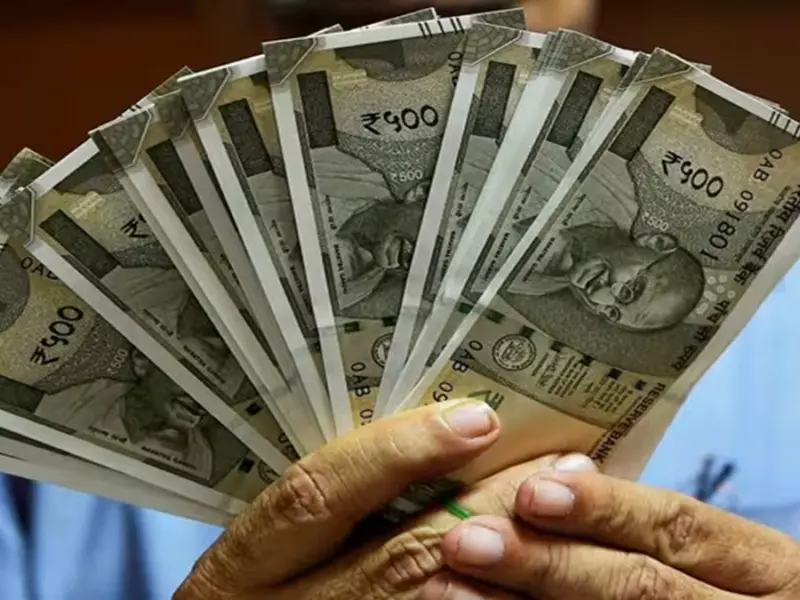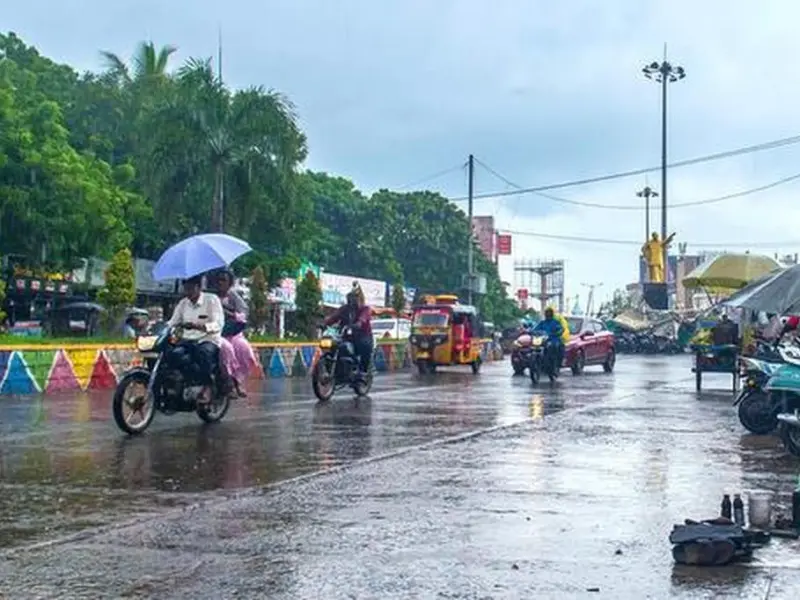New Delhi witnessed an interesting turn in its weather pattern on Wednesday, with several areas experiencing light drizzle. Despite the rainfall, the maximum temperature soared to 37 degrees Celsius, marking a warm day across the capital. Moreover, the city and its surrounding regions are expected to feel the impact of a western disturbance over the next three days, adding a twist to the usual weather narrative.
The majority of Delhi basked in bright sunshine for the better part of Wednesday. Cloud movements began post 10 AM in several areas, leading to light showers around 11 AM at weather stations in Safdarjung, Palam, Ridge, and Pitampura. However, Najafgarh stood out as the warmest during the day, recording a maximum temperature of 37.8 degrees Celsius. Conversely, the Rajghat area experienced the warmest night, with a minimum temperature of 22.6 degrees Celsius recorded.
The Meteorological Department predicts that the maximum temperature in Delhi might again reach 37 degrees Celsius on Thursday, indicating no significant change post-drizzle. The skies cleared soon after the light rain, paving the way for intense sunshine that quickly drove up the maximum temperature. Safdarjung weather station noted Wednesday’s maximum at 37 degrees Celsius, four degrees above the normal, making it the hottest day of the season. The minimum temperature remained at a comfortable 19.4 degrees Celsius, with humidity levels fluctuating between 82 to 33 percent.
A Dip in Temperature Expected by Friday: The entire North India is set to experience the effects of a western disturbance over the next three days. This phenomenon is likely to bring good rainfall to the higher Himalayan regions, while the plains may see light rain, drizzle, and thunderstorms. As a result, temperatures are expected to drop by up to two degrees starting Friday.
Air Quality Remains Moderate: According to the Central Pollution Control Board, Delhi’s average air quality index (AQI) was recorded at 177 on Wednesday, categorizing it within the moderate range. This suggests that the light rain and weather activities have not significantly impacted the air quality for the worse, maintaining a relatively clean atmosphere in the capital amidst the warmth.





